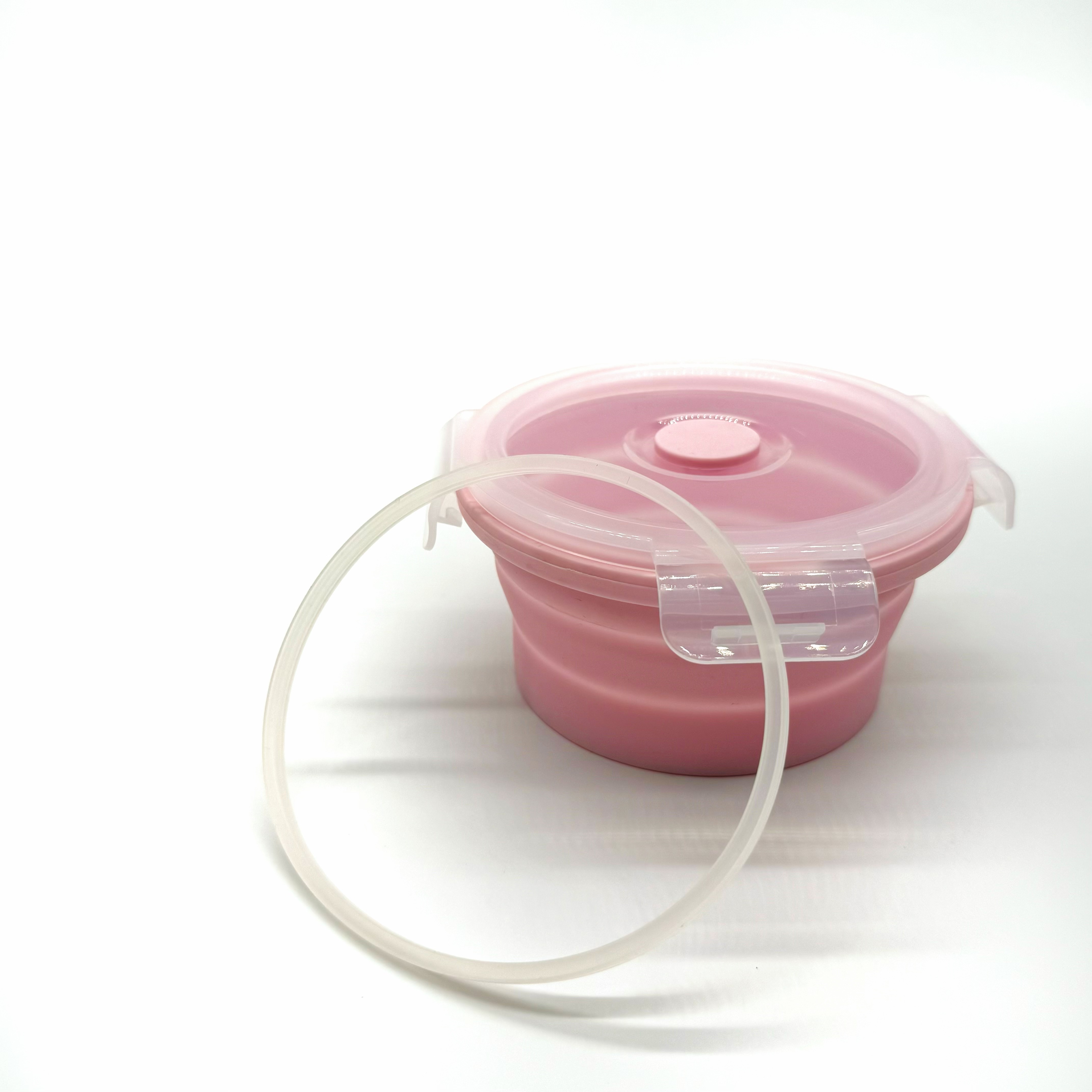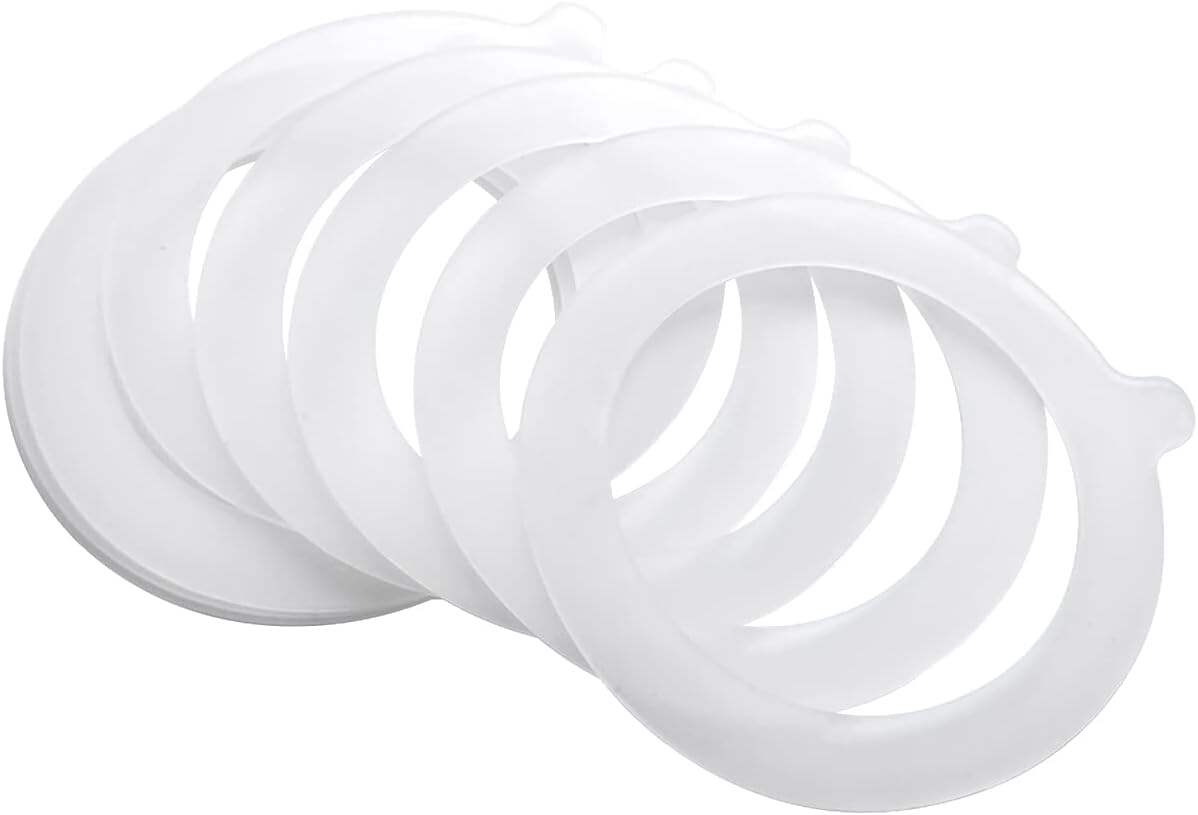Understanding the Critical Role of Silicone Gaskets in Modern Applications
Silicone gaskets play an indispensable role in various industries, from automotive and aerospace to medical devices and consumer electronics. These versatile sealing components ensure reliable performance by preventing leakage, maintaining pressure, and protecting sensitive equipment from environmental factors. However, their effectiveness depends on numerous variables that can significantly impact their performance and longevity.
The growing demand for high-performance sealing solutions has placed increased emphasis on understanding how different factors influence silicone gasket behavior. Engineers and manufacturers must carefully consider these elements during design, selection, and implementation phases to ensure optimal functionality and extended service life.
Environmental Conditions and Their Impact
Temperature Variations and Thermal Stress
Temperature fluctuations represent one of the most significant challenges for silicone gaskets. While these components generally offer excellent temperature resistance, extreme conditions can affect their physical properties. High temperatures may cause softening or degradation, while low temperatures might lead to increased hardness and reduced flexibility. The constant cycling between temperature extremes can also induce thermal stress, potentially compromising the gasket's sealing ability over time.
Modern silicone gaskets are engineered to withstand specific temperature ranges, typically from -60°C to 200°C in standard applications. However, specialized formulations can handle even more extreme conditions. Understanding the operational temperature range and selecting appropriate materials becomes crucial for maintaining optimal performance.
Chemical Exposure and Resistance
Chemical compatibility represents another critical factor affecting silicone gaskets performance. Different chemical environments can interact with the gasket material, potentially causing swelling, shrinkage, or deterioration. Industrial applications often expose these components to oils, fuels, cleaning agents, and various process chemicals.
Material selection must account for specific chemical resistance requirements. While silicone generally offers good resistance to many substances, certain chemicals can cause degradation. Engineers must carefully evaluate the chemical environment and choose appropriate silicone compounds that maintain their integrity under expected exposure conditions.

Mechanical Factors and Design Considerations
Compression Set and Recovery
The ability of silicone gaskets to maintain their sealing force under compression is crucial for long-term performance. Compression set, which refers to the permanent deformation that occurs after prolonged compression, can significantly impact sealing effectiveness. Factors such as temperature, time under load, and initial compression ratio all influence this behavior.
Proper design must account for expected compression levels and recovery requirements. Over-compression can lead to premature failure, while insufficient compression may result in inadequate sealing. Engineers should consider the material's compression set resistance and design appropriate groove geometries to optimize performance.
Surface Finish and Contact Pressure
The quality of mating surfaces significantly affects silicone gaskets performance. Surface roughness, flatness, and irregularities can create paths for potential leakage or uneven pressure distribution. Achieving proper surface finish specifications becomes essential for maintaining reliable seals.
Contact pressure must be uniformly distributed across the sealing interface. Variations in surface characteristics or improper installation can lead to localized stress concentrations, potentially causing premature failure or inadequate sealing in certain areas. Careful attention to surface preparation and installation procedures helps ensure optimal performance.
Material Properties and Manufacturing Quality
Compound Formulation and Durometer
The specific silicone compound formulation directly influences gasket performance characteristics. Different additives and fillers can enhance properties such as tear strength, compression set resistance, and chemical compatibility. The material's durometer (hardness) affects its ability to conform to mating surfaces and maintain sealing force.
Quality control during manufacturing becomes crucial for maintaining consistent material properties. Variations in mixing, curing conditions, or raw material quality can lead to inconsistent performance. Regular testing and validation help ensure that gaskets meet specified requirements.
Processing and Dimensional Accuracy
Manufacturing processes significantly impact the final performance of silicone gaskets. Proper molding techniques, curing parameters, and post-processing operations all contribute to product quality. Dimensional accuracy and consistency are essential for achieving reliable sealing performance.
Advanced manufacturing technologies and strict quality control measures help maintain precise specifications. Regular inspection and testing procedures ensure that gaskets meet dimensional tolerances and performance requirements before deployment in critical applications.
Installation and Maintenance Considerations
Proper Installation Techniques
Correct installation procedures are vital for optimal silicone gasket performance. Improper handling, alignment issues, or incorrect torque application can compromise sealing effectiveness. Training and detailed installation guidelines help prevent common problems and ensure consistent results.
Installation tools and procedures should be standardized to maintain quality. Regular inspection during assembly helps identify potential issues before they lead to seal failure. Proper cleaning and preparation of mating surfaces also contribute to successful installations.
Maintenance and Inspection Protocols
Regular maintenance and inspection help identify potential issues before they cause system failures. Visual inspection can reveal signs of degradation, while periodic testing may detect changes in sealing performance. Establishing appropriate maintenance intervals based on application requirements helps optimize gasket service life.
Replacement schedules should consider both operational conditions and observed wear patterns. Preventive maintenance programs help minimize unexpected failures and maintain system reliability throughout the intended service life.
Frequently Asked Questions
How long do silicone gaskets typically last?
The service life of silicone gaskets varies significantly depending on application conditions, material quality, and maintenance practices. Under optimal conditions, high-quality silicone gaskets can last anywhere from 5 to 10 years or more. However, extreme temperatures, chemical exposure, or mechanical stress can significantly reduce their lifespan.
What are the signs of silicone gasket failure?
Common indicators include visible degradation such as cracking or hardening, loss of elasticity, permanent deformation, and leakage around the sealed area. Changes in color or texture may also signal potential deterioration. Regular inspection helps identify these signs early before complete failure occurs.
Can temperature cycling affect silicone gasket performance?
Yes, temperature cycling can significantly impact silicone gasket performance. Repeated expansion and contraction can lead to stress fatigue and eventual deterioration of sealing properties. Proper material selection and design considerations help minimize these effects and ensure reliable long-term performance under varying temperature conditions.

